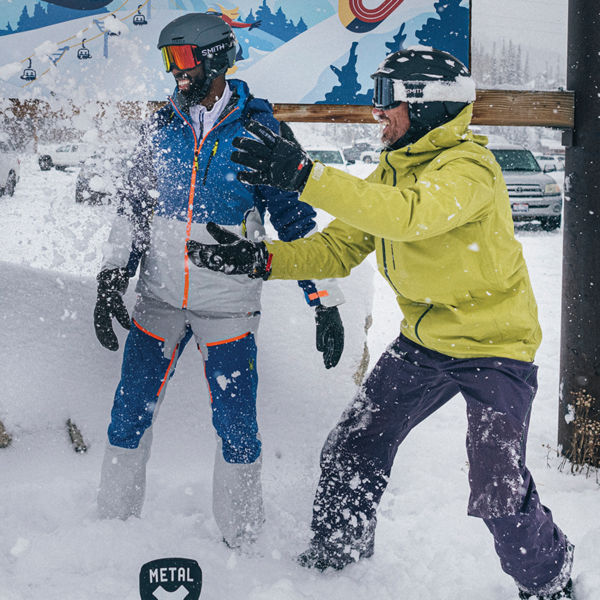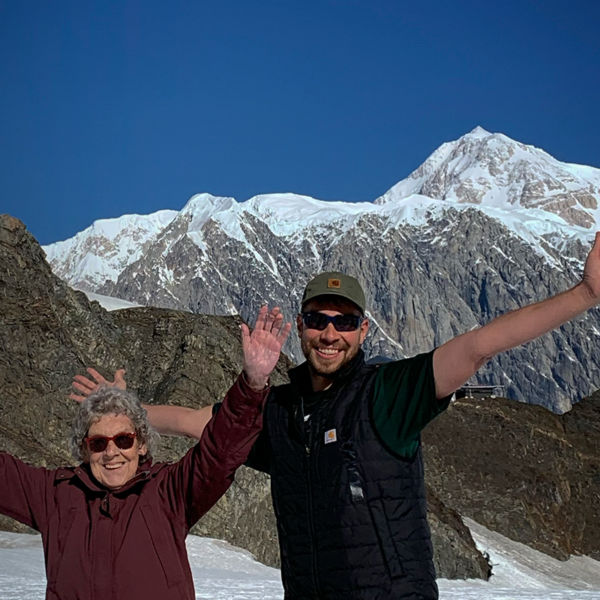
Nothing inspires a sense of freedom like loading up a car for a long journey. Having your own vehicle liberates you from bus tables and train schedules and lets you go wherever you want, whenever you want. On a road trip, the world is at your fingertips—that is, if you’re able to handle the bumps along the way.
From flat tires to police stops to long stretches without gas or cell service, road trips can really put the “adventure” in adventure travel. While these itinerary-stoppers are usually rare, it’s best to be prepared for the worst eventualities—and all the little hiccups and lulls in between. Here’s how.
1) Buffer your itinerary.
The No. 1 rule of itinerary planning is flexibility. While it’s tempting to try and see a bunch of places in a short period of time, be careful not to bite off more than you can chew. Try to spend just two to four hours behind the wheel each day (possibly a few more if you have a second or third driver you can take turns with). And schedule some rest—plan to stay at least a full day in the places you’re most excited about visiting.
Finally, always build a few hours of buffer into each stint of driving. Traffic, flats, missed turns, and other delays are realities of the road. Make sure encountering them won’t throw off your whole schedule.
2) Book ahead of time.
The closer you get to the date of your trip, the more expensive car rentals, hotels, tour reservations, and BnBs tend to be. Campsites tend to book up fast, too, especially during the summer. Aim to create a loose itinerary at least two months before the start of your trip. Try to nail down your marquee stops, the nearby towns or campgrounds where you’ll be staying, and one or two must-do experiences to book along the way. Then, make those reservations before they’re gone.
If you’re afraid plans will change, book only options with generous cancellation policies. That way you have the reservation, but you can always change it later.
3) Get the right documents.
If you’re driving your own car, make sure your license and registration are up-to-date and that your vehicle is insured. If you’re driving abroad, check to see if you’ll need an international driver’s license (common in many non-English-speaking countries). An international license is easy to obtain; simply go to your local AAA office with two passport photos, a driver’s license, and a credit card. It usually takes about 20 to 30 minutes and costs about $20.
4) Learn how to drive stick shift.
Outside the lower 48, manual-transmission vehicles are far more common than automatics. This is especially true in mountainous regions like Alaska, the French Alps, or Northern Italy. The other bonus of knowing how to drive stick is that you can save hundreds of dollars by renting one. In Europe, for example, many rental agencies offer both types of transmission but charge a premium for automatic cars.
If you don’t already know how to drive stick, the savings might not be worth the stress of learning to drive on your vacation. But if you’ve learned in the past, consider borrowing a friend’s car and brushing up on your skills before your trip.
5) Research the terrain (and outfit your car for the job).
If your route involves dirt roads, steep passes, or potential for snow or ice, make sure you have a capable four-wheel-drive vehicle that can handle those conditions. Also check that your car contains everything you need. Is there a spare tire and jack? If you’re driving in the winter, do you need chains or freeze-proof wiper fluid? What about smaller items—do you have a compatible charger or aux cable for your phone or GPS unit?
If you’re venturing outside the U.S., your terrain research should also include some rules of the road. Are right turns on red acceptable? Will you be driving on the right or on the left? Is there any unspoken local etiquette you should know about? Flipping through a guidebook or doing a little online research should reveal what you need to know.


























































